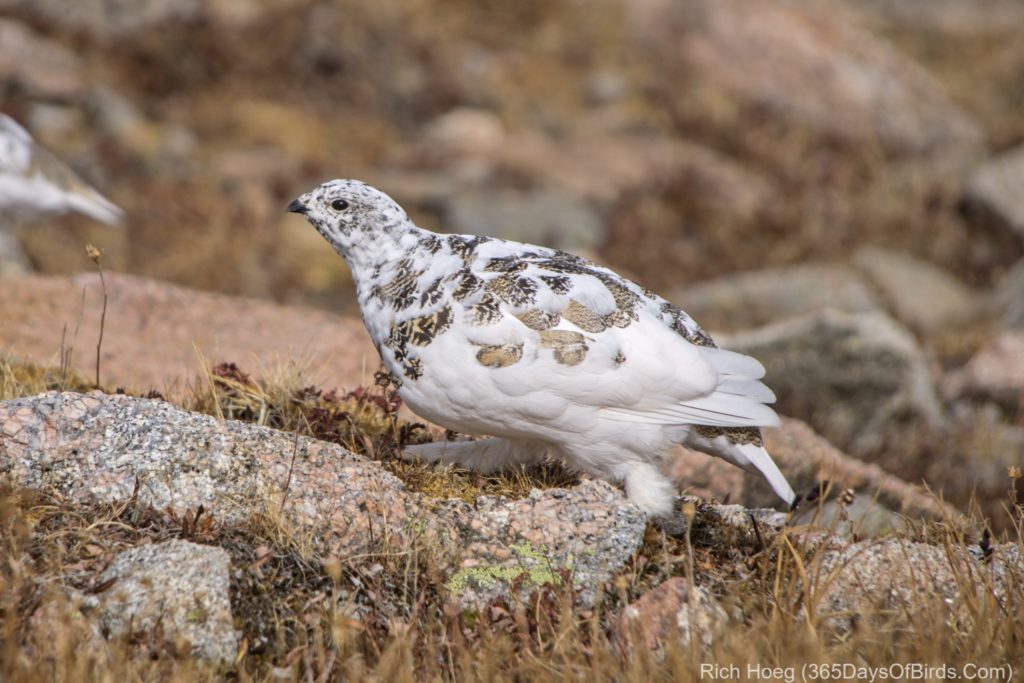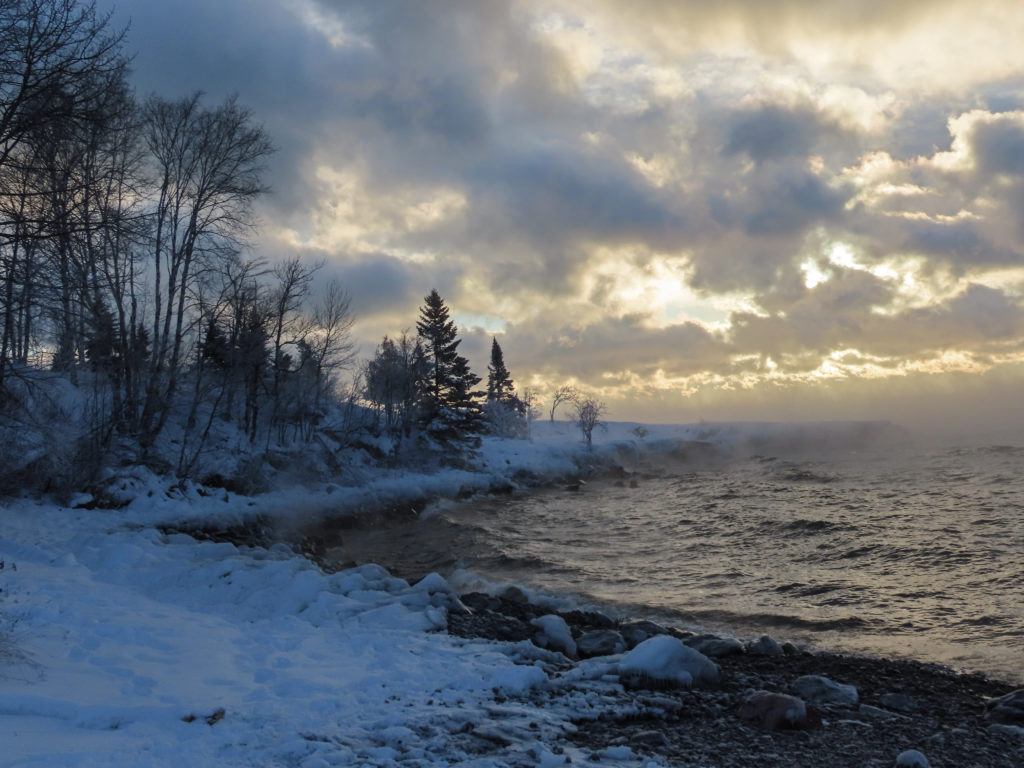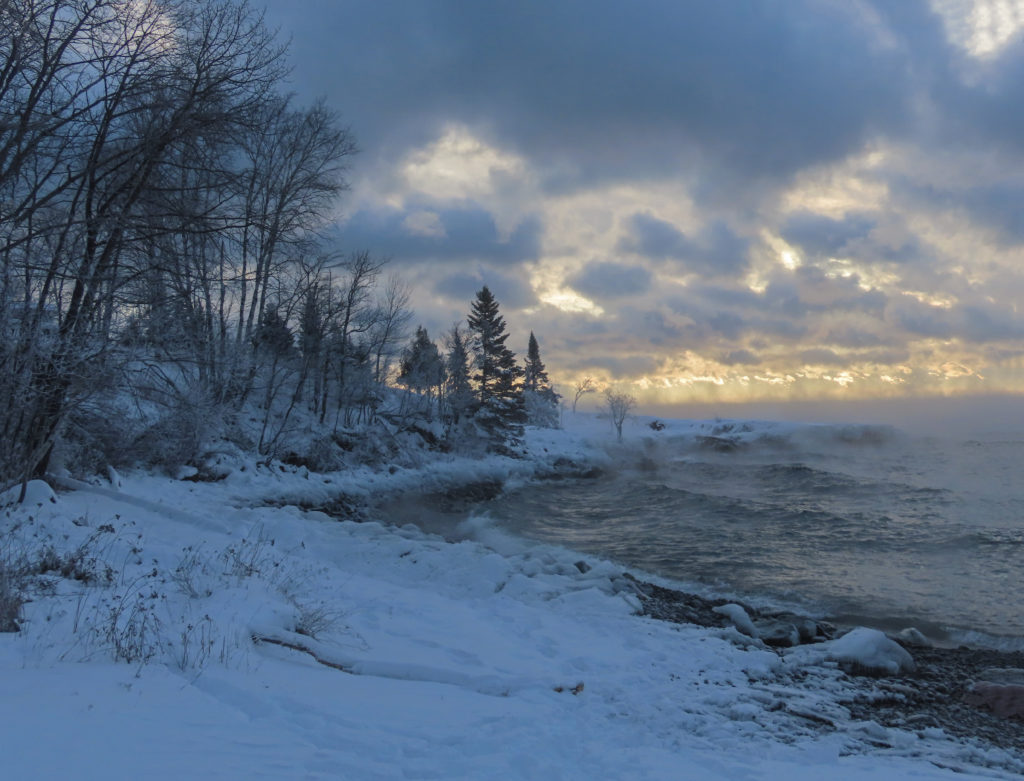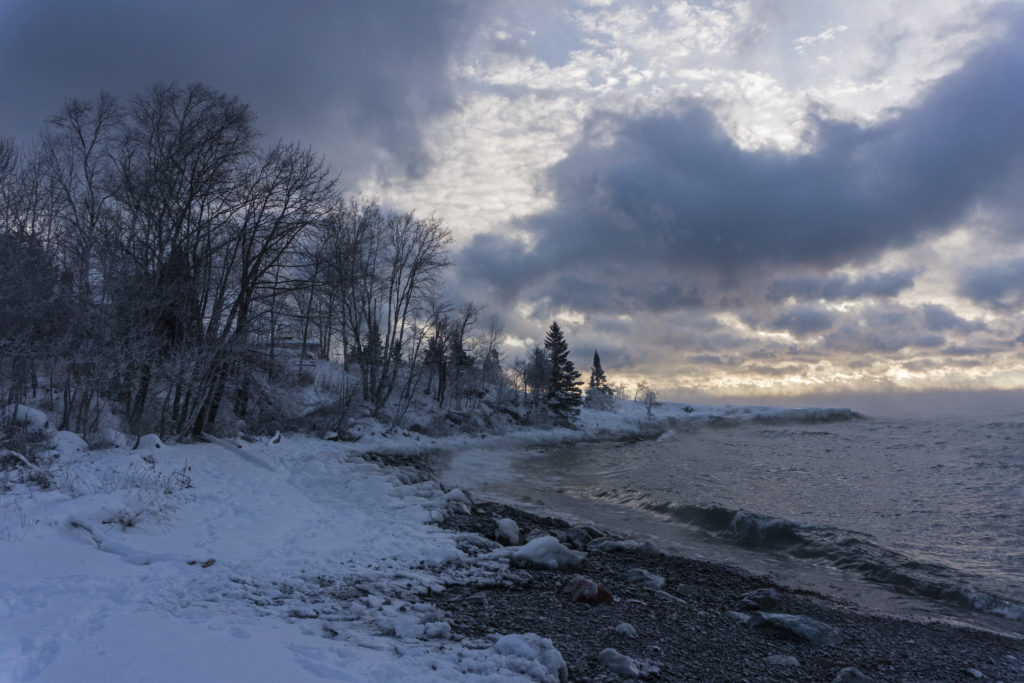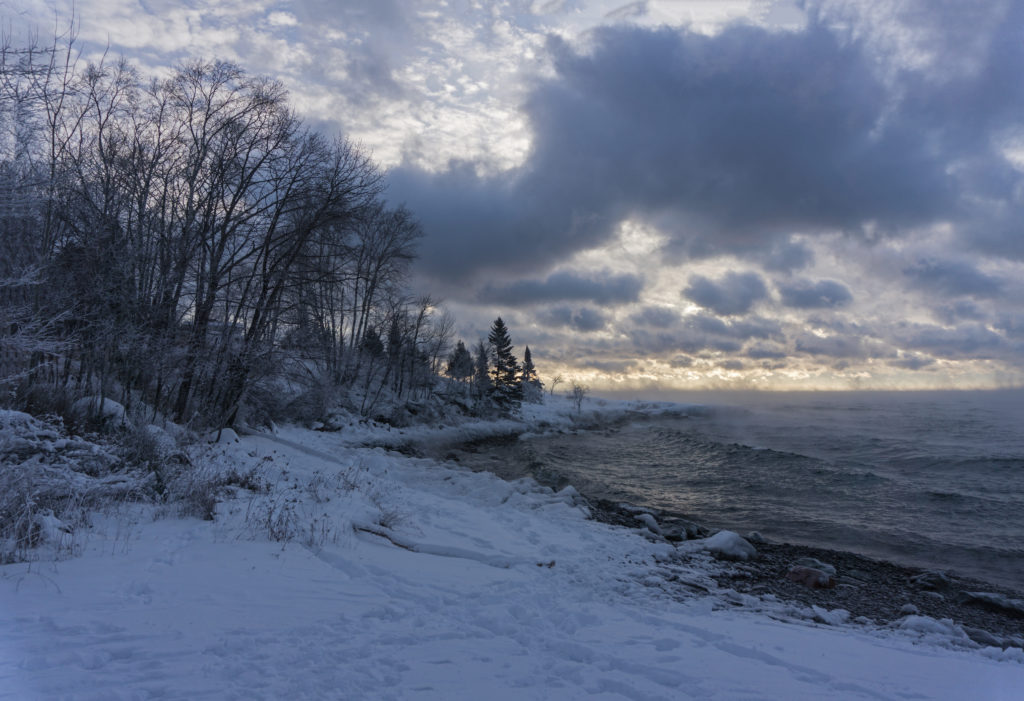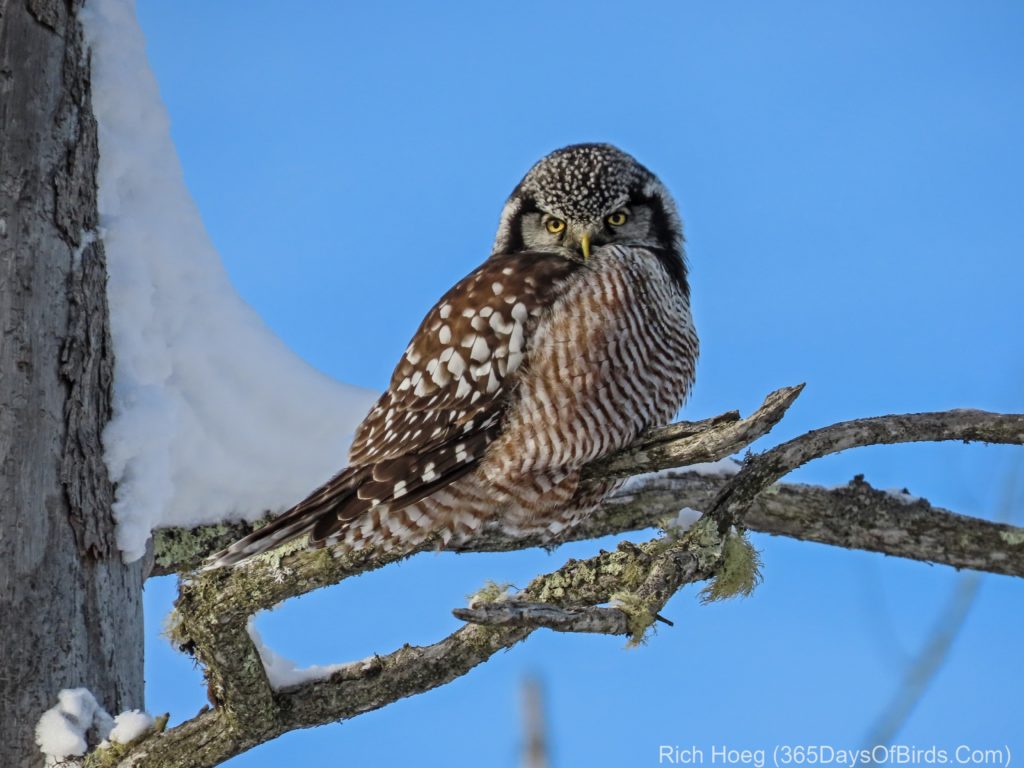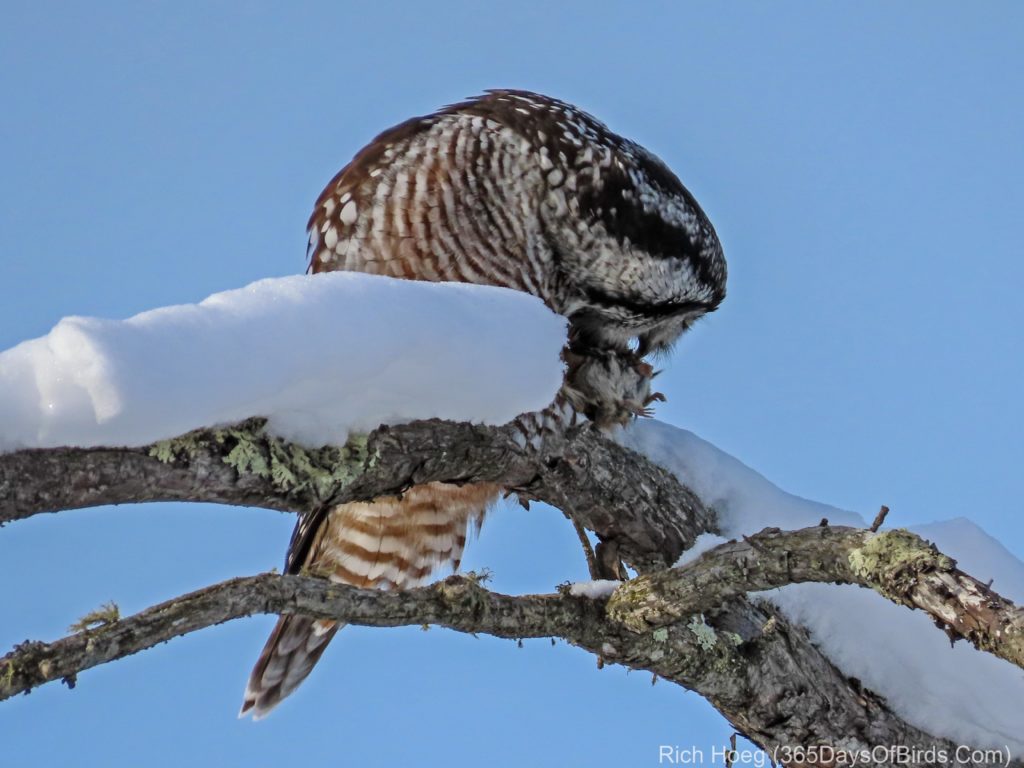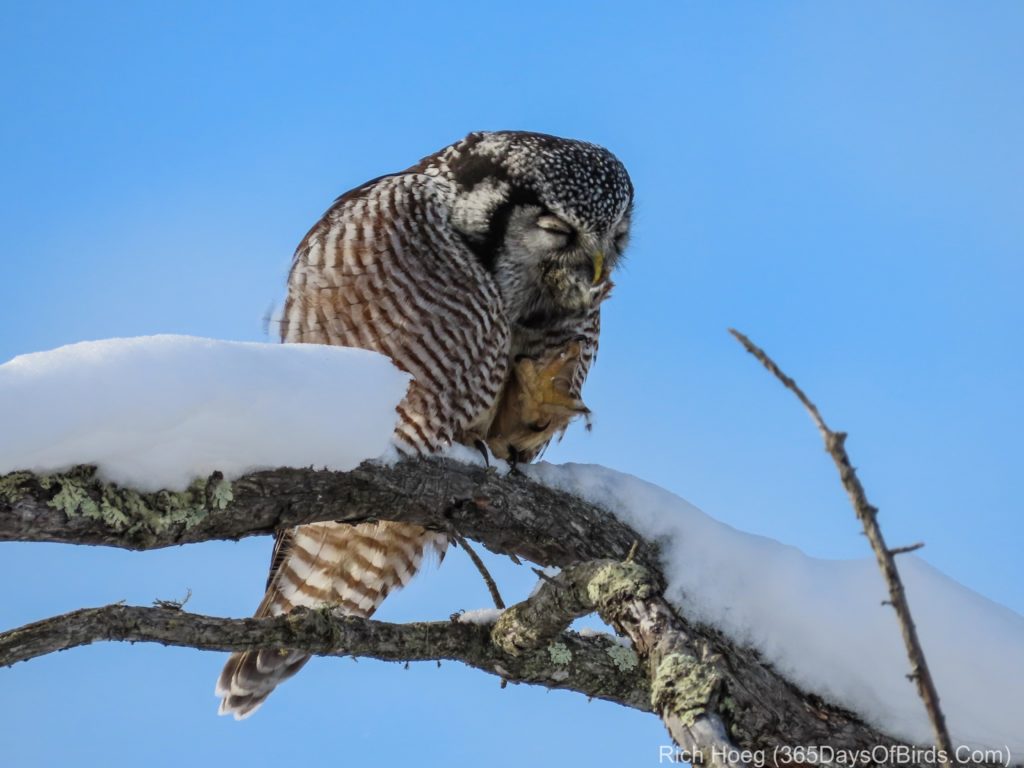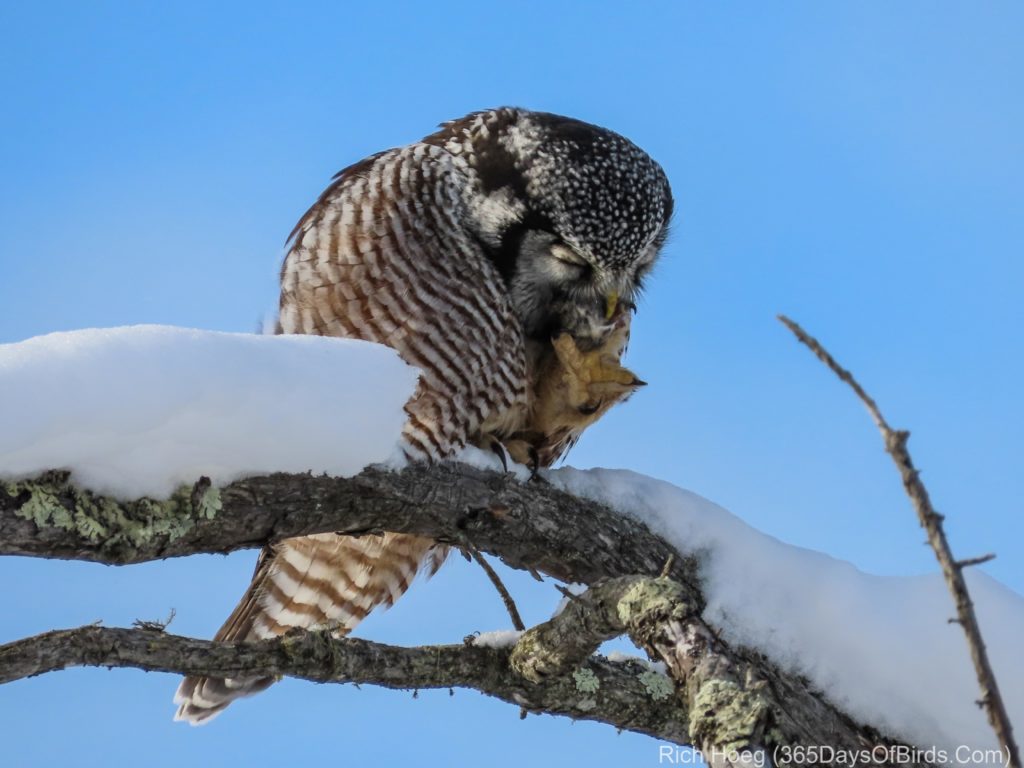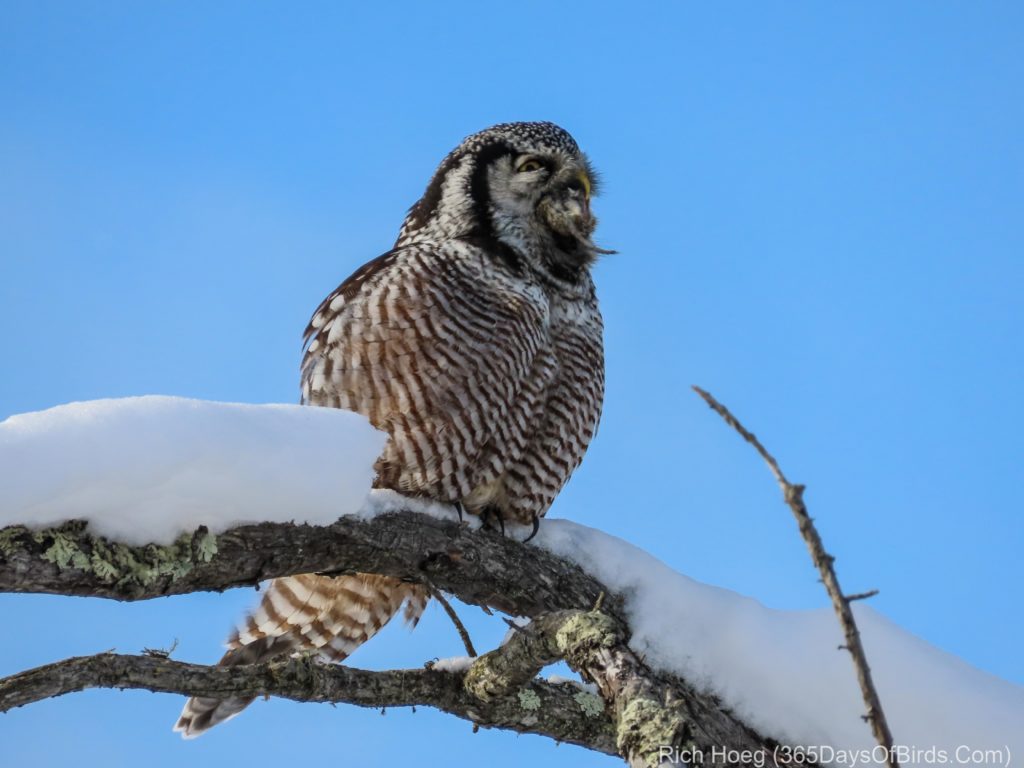I just spent 70 minutes snow shoveling. I was hoping to go over to Sax-Zim Bog this morning but as the old saying goes … Discretion is the best part of valor. We have another major snow storm in progress as I type. Unlike our first dump of white stuff when the snow was wet and heavy, this snow is light and fluffy. Combine the snow with the high winds, I realized I had no business being out on the roads till conditions improve. It is HARD for this northern Minnesota to remain motionless. Oh well … in the 45 minutes since I finished the walks and driveway, another inch of snow has fallen.
Thus … cue the drum roll … it’s time for my final “Best of 2018” photo series. Part 2 is here, and it will focus of bird images. I will cluster the photographs by the category of birds. A few more comments … you will note from my explanations that almost all of these photographs were not taken from my car, but while I was out hiking/biking/kayaking early in the morning right at sunrise. Not only is the best light always at sunrise (or sunset), but birds are active which is much more interesting.
Hawks
An Osprey’s First Flight (at sunrise)! I had been watching this osprey nest for weeks. One morning one of the chicks took its first ever flight. I actually think the bird was surprised by a sudden gust of wind which lifted it off and away from the nest. While it looks like the juvenile is attacking, the truth is quite the opposite … it’s desperately trying to land quickly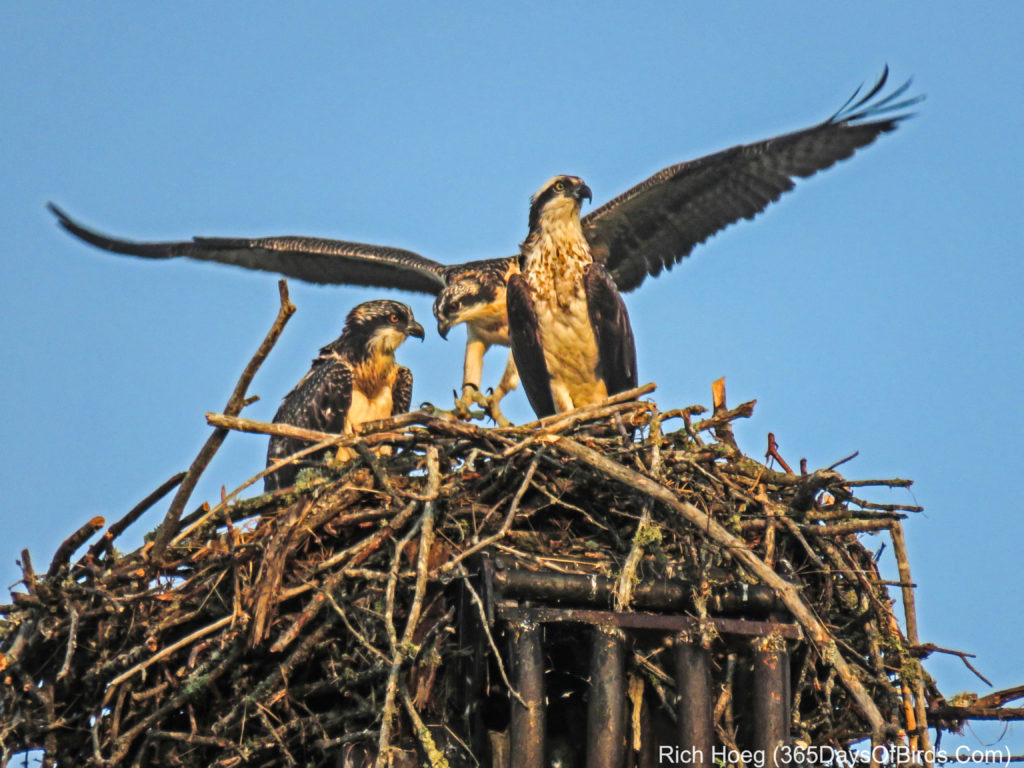
American Kestrel. These birds are so skittish, and generally hang out in open areas on power lines making them extremely difficult to approach. While hiking one morning during the Fall migration I spied this single bird and was able to take advantage of cover to sneak up quite near to it, and it was NOT on a power line. While the images may not be dramatic, they represent hard work in the field.
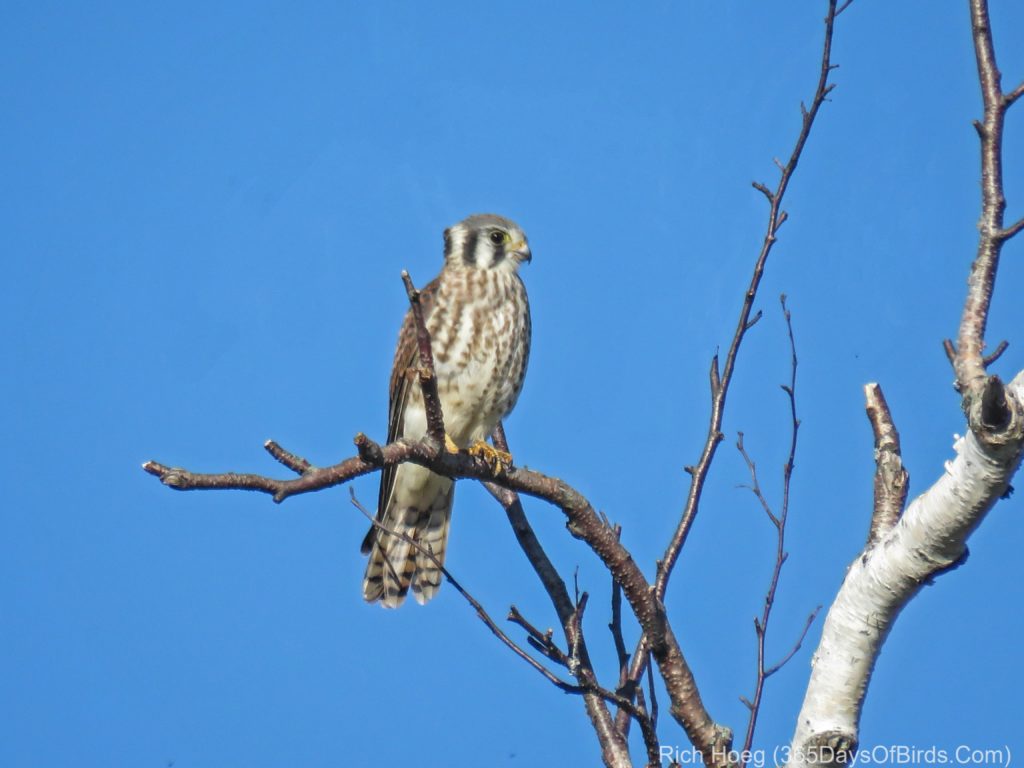
Crested Caracara. I love these birds, but have only ever seen them while on bike tours in the southern part of America. Molly and I toured over 1,000 miles in Texas this past April (self supported), and I saw this bird while cycling. I loved that it was perched by flowering cactuses … yup, Dorothy, I was not in Kansas!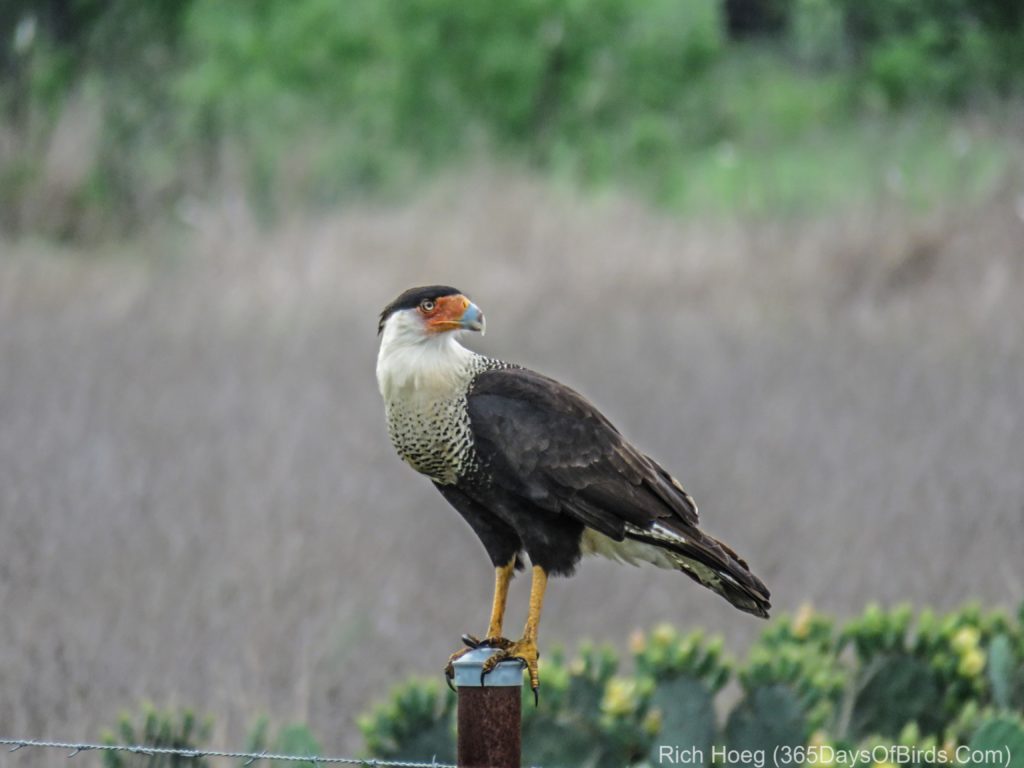
Water Birds
The Loons of Northstar Lake. Every summer I spent a lot of time at my small northwoods cabin which is about 60 miles south of the Canadian border. Our lake is north of the continental divide which means water flows north to Hudson’s Bay. Loons always nest within 200 yards of our cabin, and take exception when we go swimming. It’s there lake, after all! I love the loon’s yodel … here you have two different yodels … a chick’s first cry out and an adult. I love loons!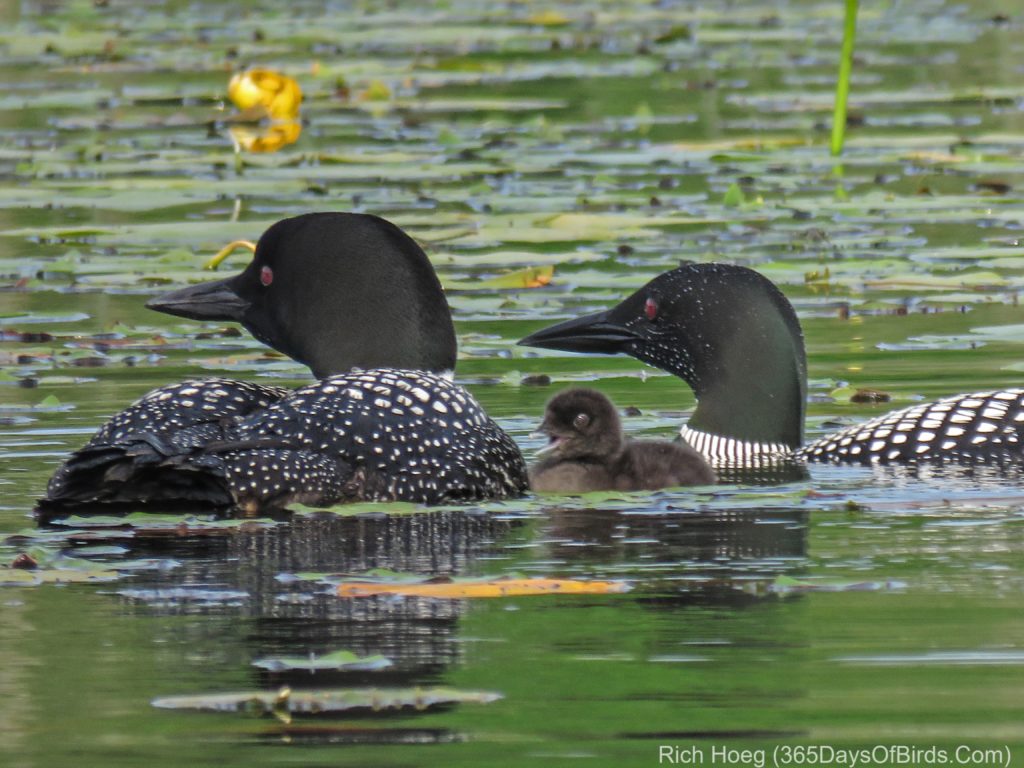
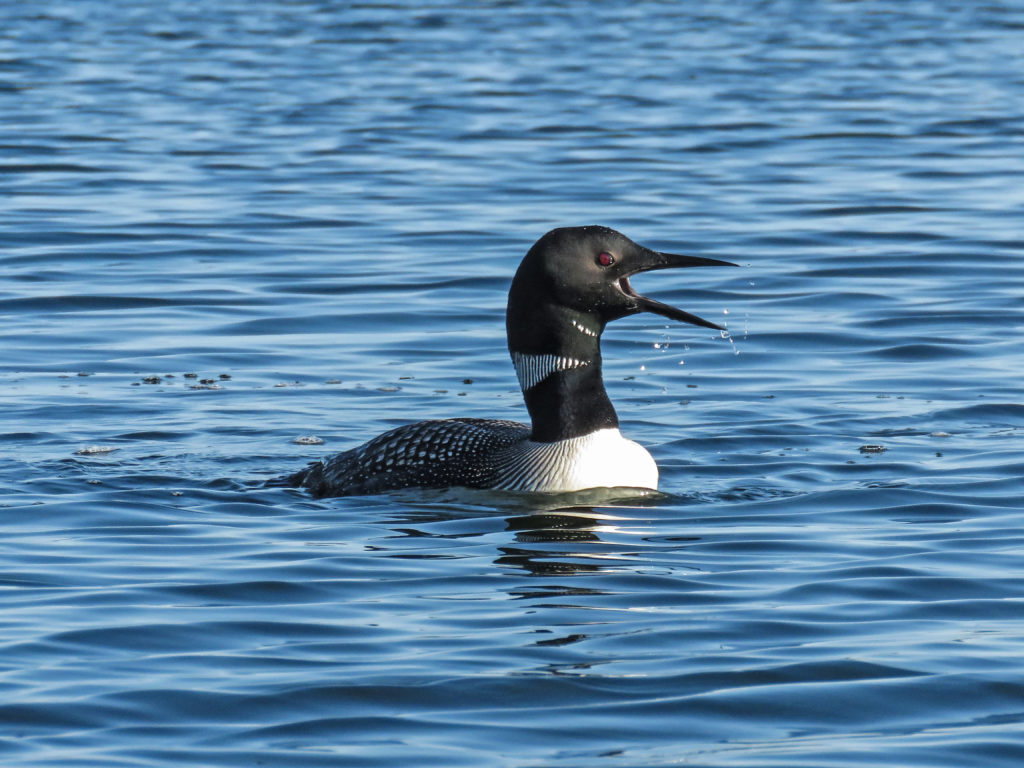
Take-Off of the Dawn Patrol … Common Terns & Crew. I hike early in the morning during migration. In this instance I was walking Minnesota Point before sunrise (5:00 am). As the sun came up these terns which were migration through northern Minnesota along the North Shore of Lake Superior took off en mass. The terns actually flew out over the lake three times, returning to shore for a few minutes, before they left for good.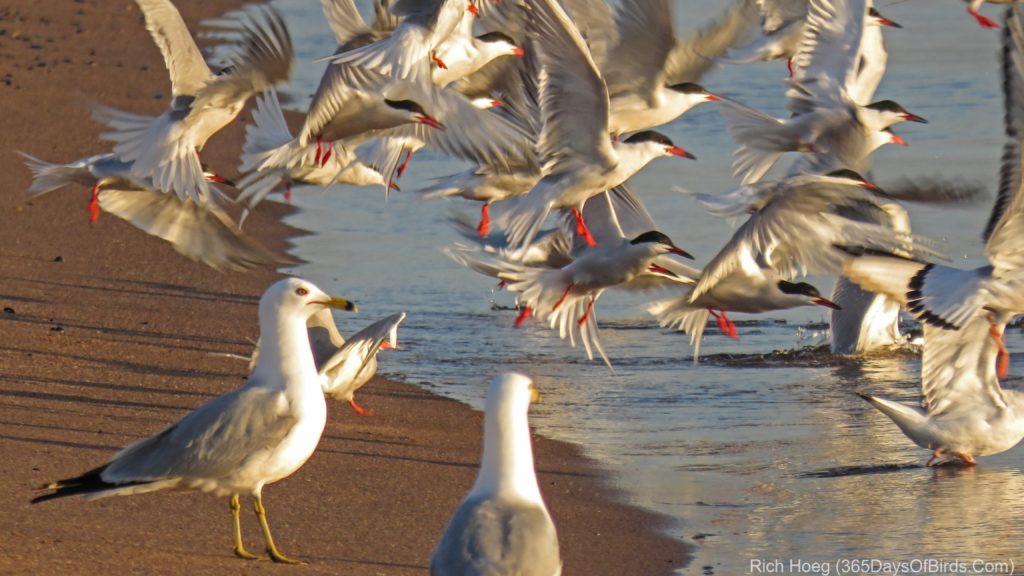
Green Heron Snack. This is actually a juvenile which is just learning to hunt. I discovered their nest and had fun watching the birds through the heat of the summer, from check to fledged juveniles.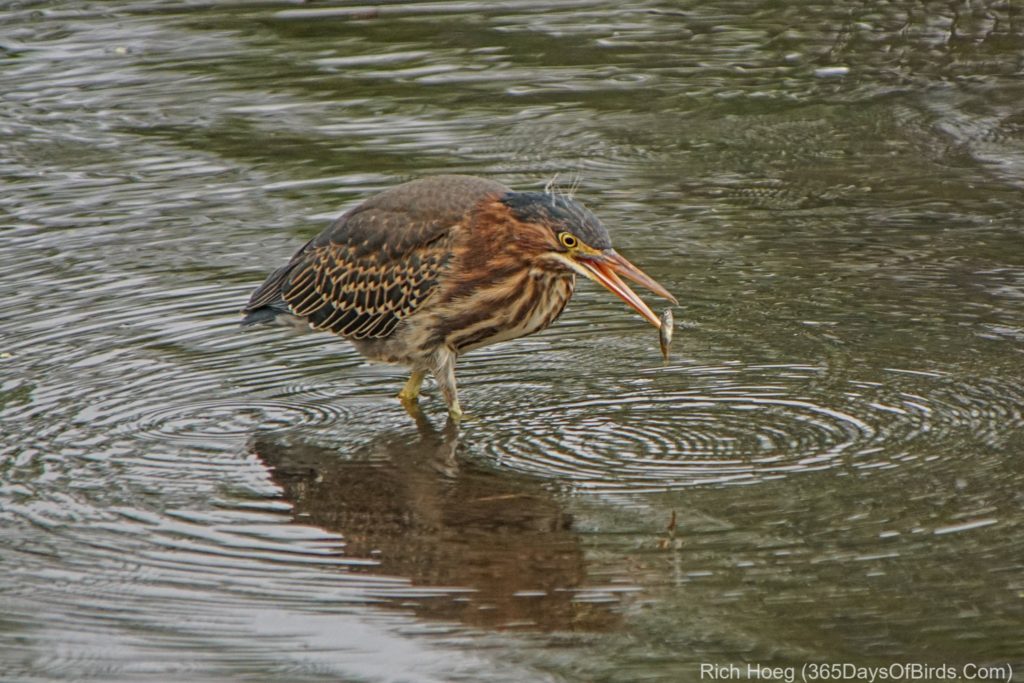
Songbirds
Common Yellow-Throats in the Morning Mist! While on a camping trip this summer in SE Minnesota I had noticed a nice swath of prairie grasses. The next morning when I awoke in my sleeping bag, I realized it was extremely humid which meant morning fog. I quickly hiked over to the prairie and found these two warblers at sunrise. The two birds must have been feeding hungry chicks, because they were extremely cooperative of letting me be near them. I watched these two birds for well over twenty minutes. The scene was so peaceful as the sun tried to win out over the morning mist … just me and the birds out in the middle of the countryside.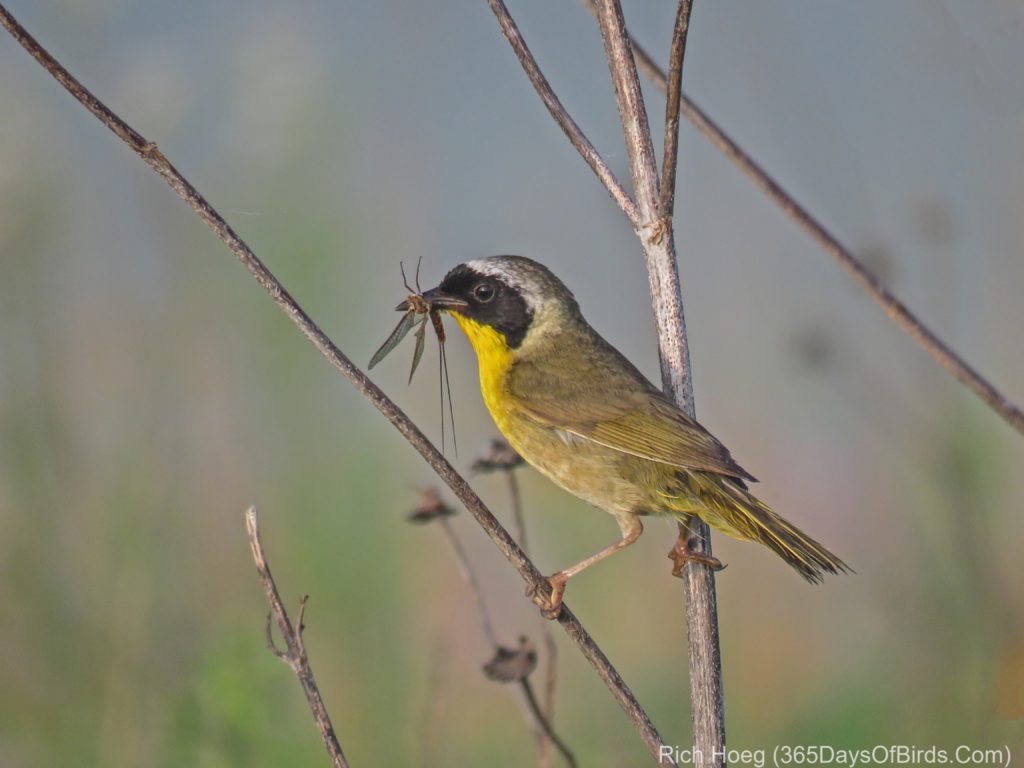
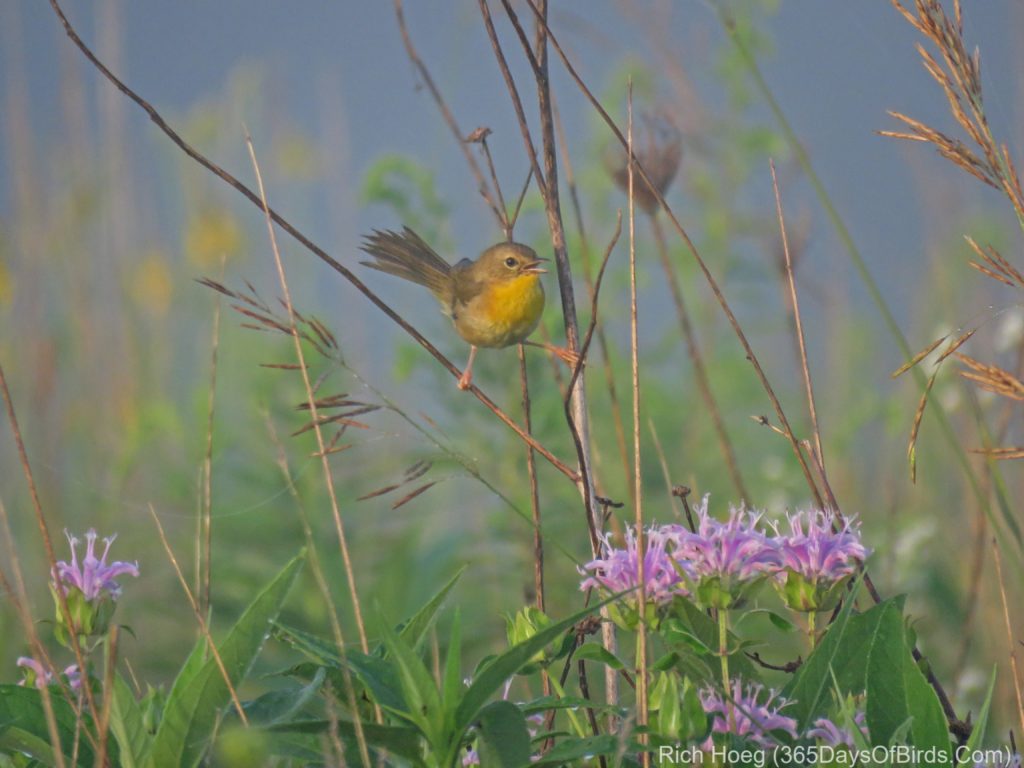
Unexpected Surprises … Acorn Woodpecker. My wife and I decided to escape the Northland’s cold in March and take a quick trip to Tucson. While hiking in the woods I spied this bird, and had no idea what is was … other than a woodpecker. This bird would take the cake in terms of being named “clown bird” … what an appearance. Once again, this image is not dramatic, but lifers which look this cool always excite me.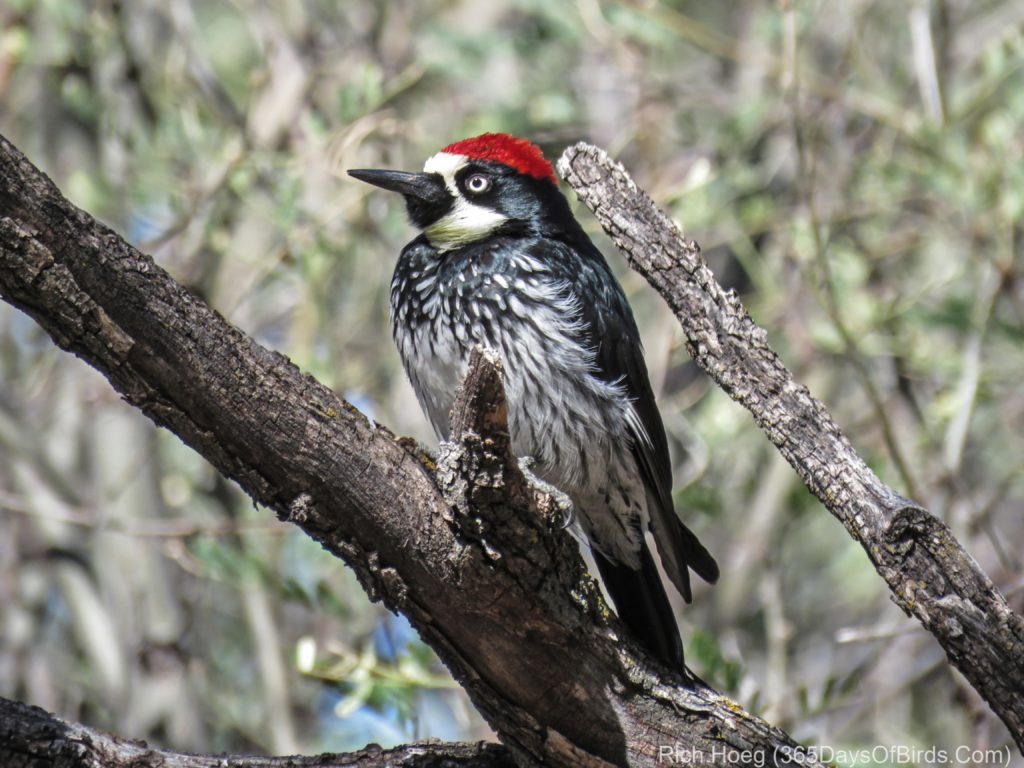
An Explosion of Color … Pileated Woodpecker. This image screams summer … early season green … lupines in full blossom, and a pileated woodpecker. The location is my own yard. A pair of pileated woodpeckers are regular visitors to my yard, and wow … this male definitely posed for me. I think he knows I am a photographer!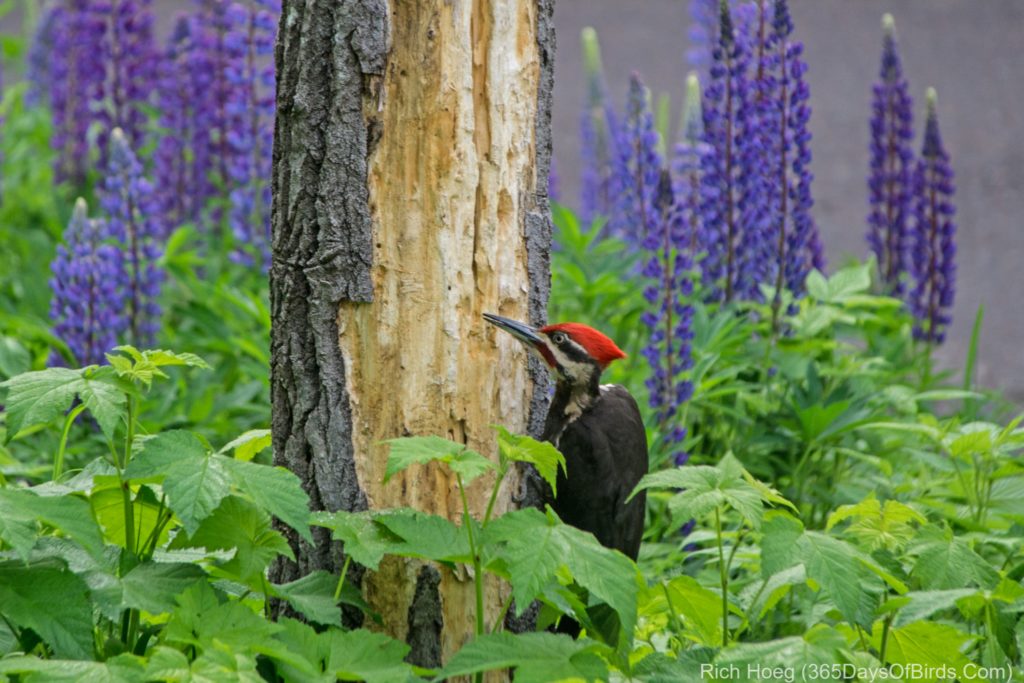
Darth Vader Bird … Common Grackle. During the spring migration there is not much food around for hungry birds. Leaves are just coming out and insests are uncommon in late April or early May. I have learned that crab apple tree blossoms are definitely edible. I have seen many kinds of birds eating the blossoms, including this grackle. While I know many folks do not like grackles , I love the colors in the image.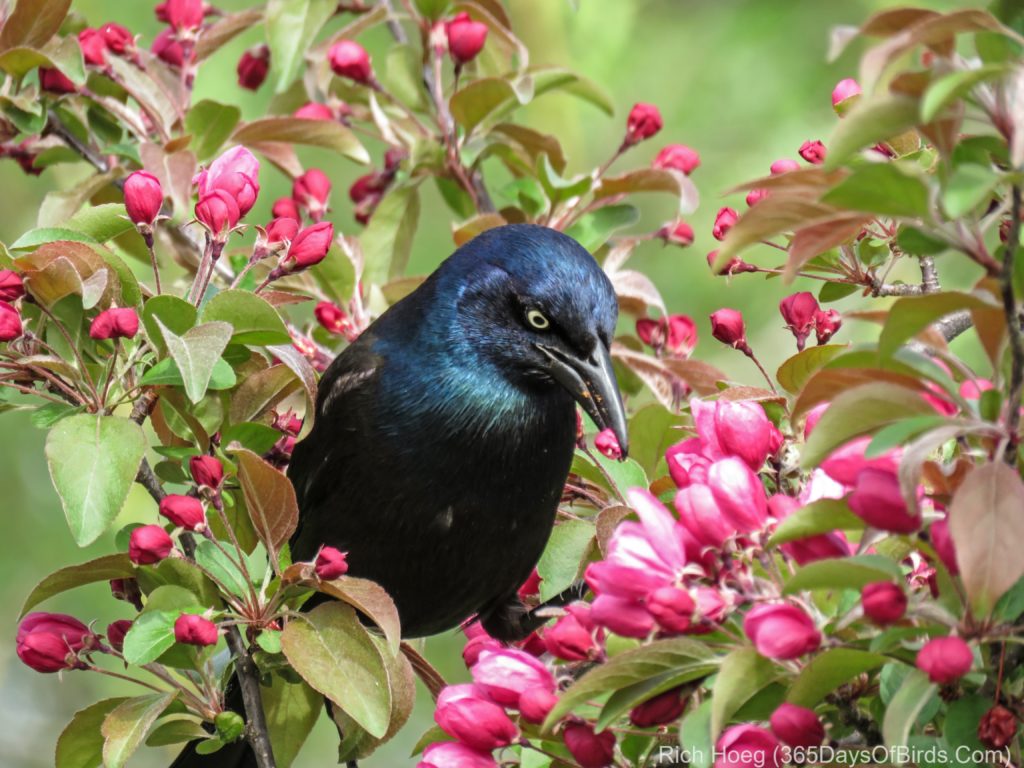
Barn Swallow. Migration can be fantastic. Normally barn swallows hang out on power lines of at their nests, which does not make for real good photo ops. During the early fall migration I came across a large flock of swallows which were willing to perch down low. Thank you!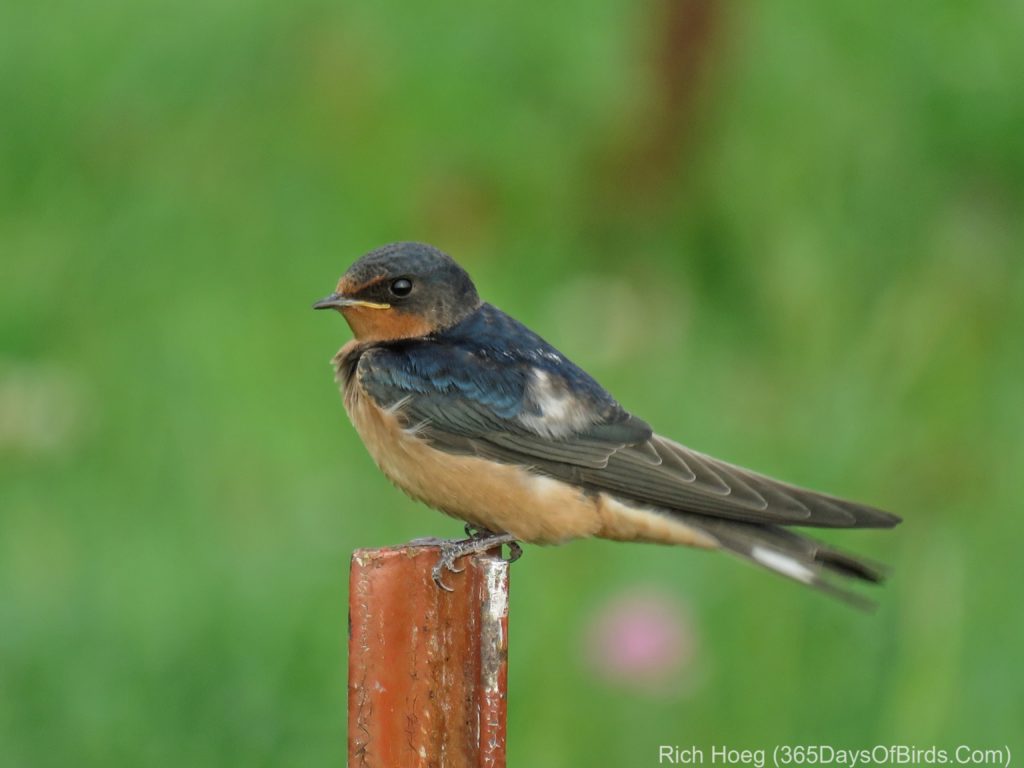
Owls
Sunrise Great Gray Owl. Last winter we had a small irruption of Great Gray and Northern Hawk Owls in an area only 4 to 12 miles from my house. Every morning if I was willing to get up and be out before sunrise, I could find Great Gray Owls and enjoy their morning hunt. This image typifies many successful morning drives I took looking for owls.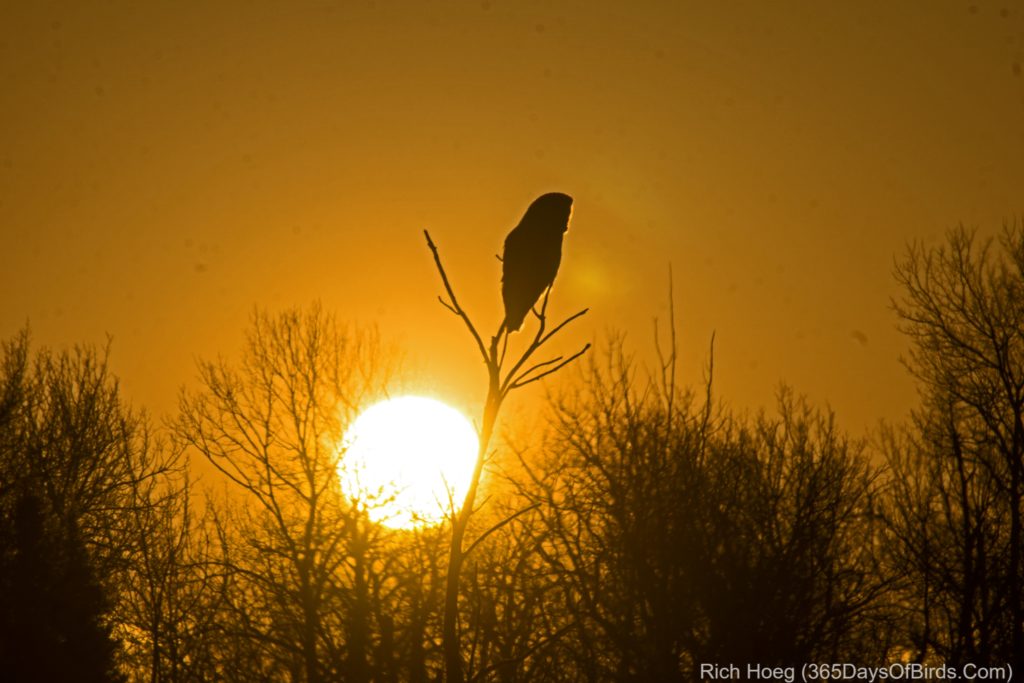
Saw-whet Owl After the Snow Storm. Tomorrow after the storm it will be very cold, but sunny. I always go out birding after snow storms. I found this owl on one such trip.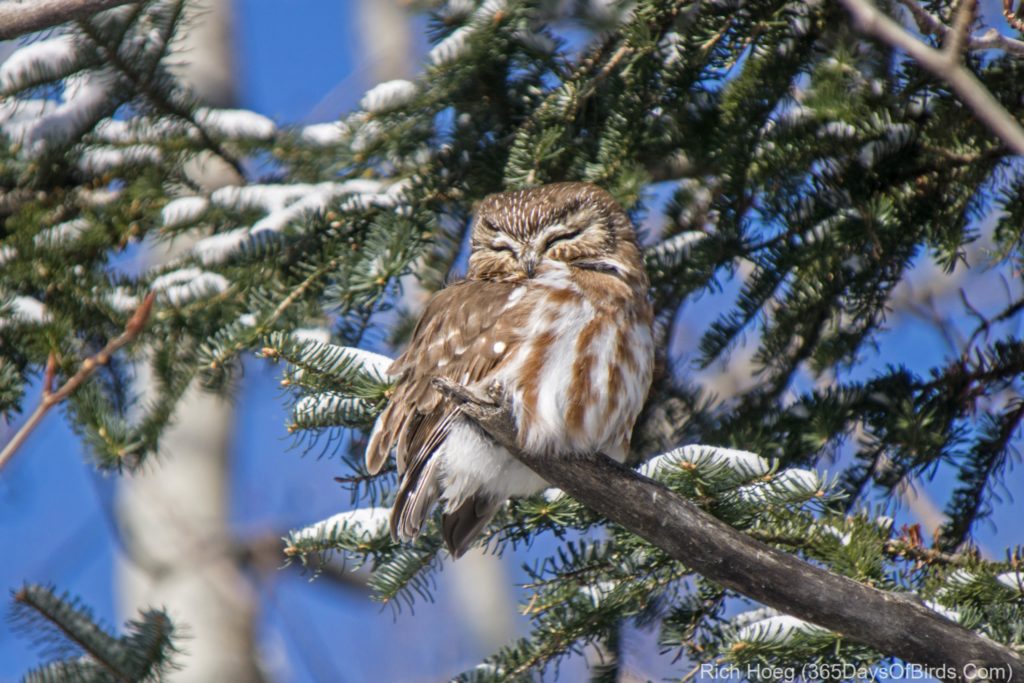
Snowy Owls. I love these white birds. Every winter my friends the Snowies come down to the Arctic Riviera (Duluth area) and spend from December to March hunting. Quite often these owls set up winter hunting territories. Once you learn the territory, one can find the same bird over and over throughout the winter.
Talons! I have a lot more great Snowy Owl photographs. I chose the two flight shots because these images both show the power and are hard to capture.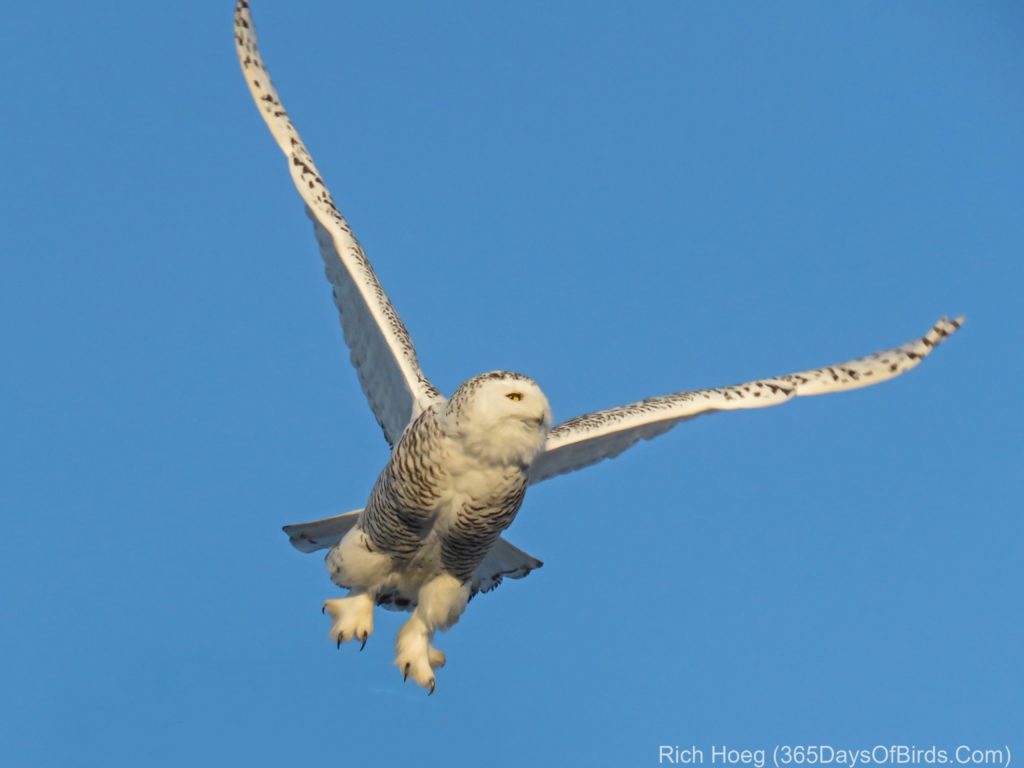
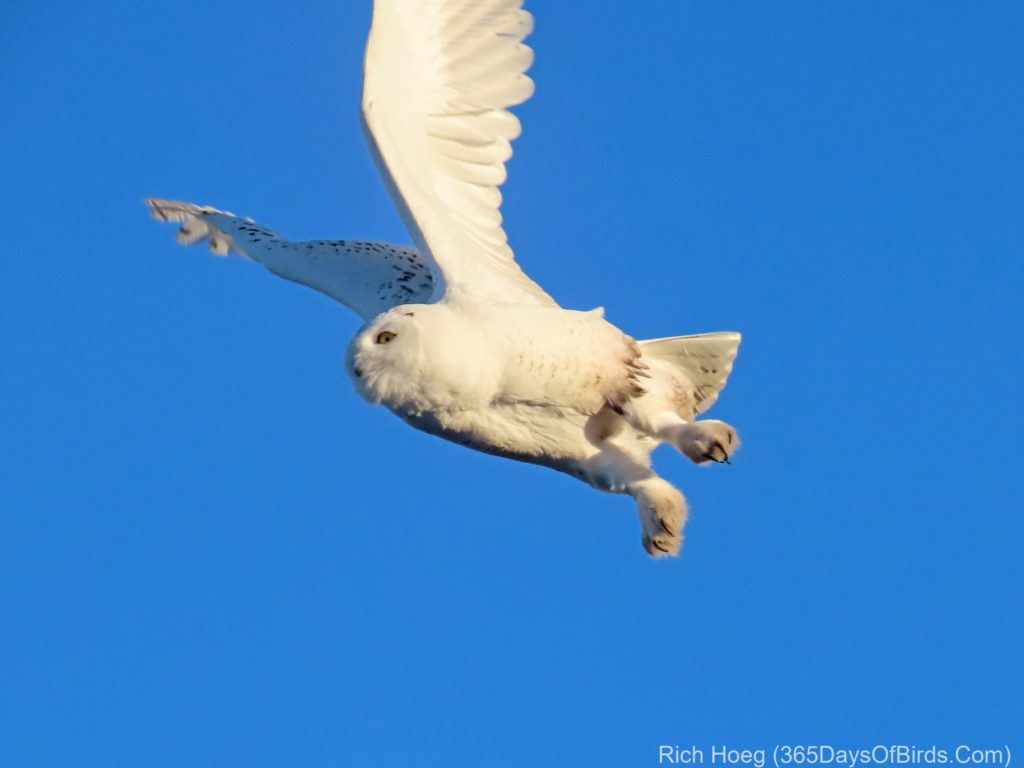
Bird of the Year … White Tailed Ptarmigan! Ever since I was a little boy and started reading bird books, I have wanted to see a ptarmigan. The only problem with this desire is these birds tend to live in Arctic of Sub-Arctic regions. While northern Minnesota is cold, it is NOT that cold. This fall while on a camping trip to Yellowstone and the Grand Tetons, I discovered that ptarmigans also live at 14,000 feet up in the Colorado Rockies. Enter my friend, Peter, who live in Colorado (I have taken him around in northern Minnesota); he guided me to fulfill my childhood dream. Note this was also my most stupid bird of the year. Peter and I spent two days hiking at elevations of over 12,000 feet. Given I was recovering from pneumonia at the time, I don’t think the doctor would have approved of my method of resting. LOL!